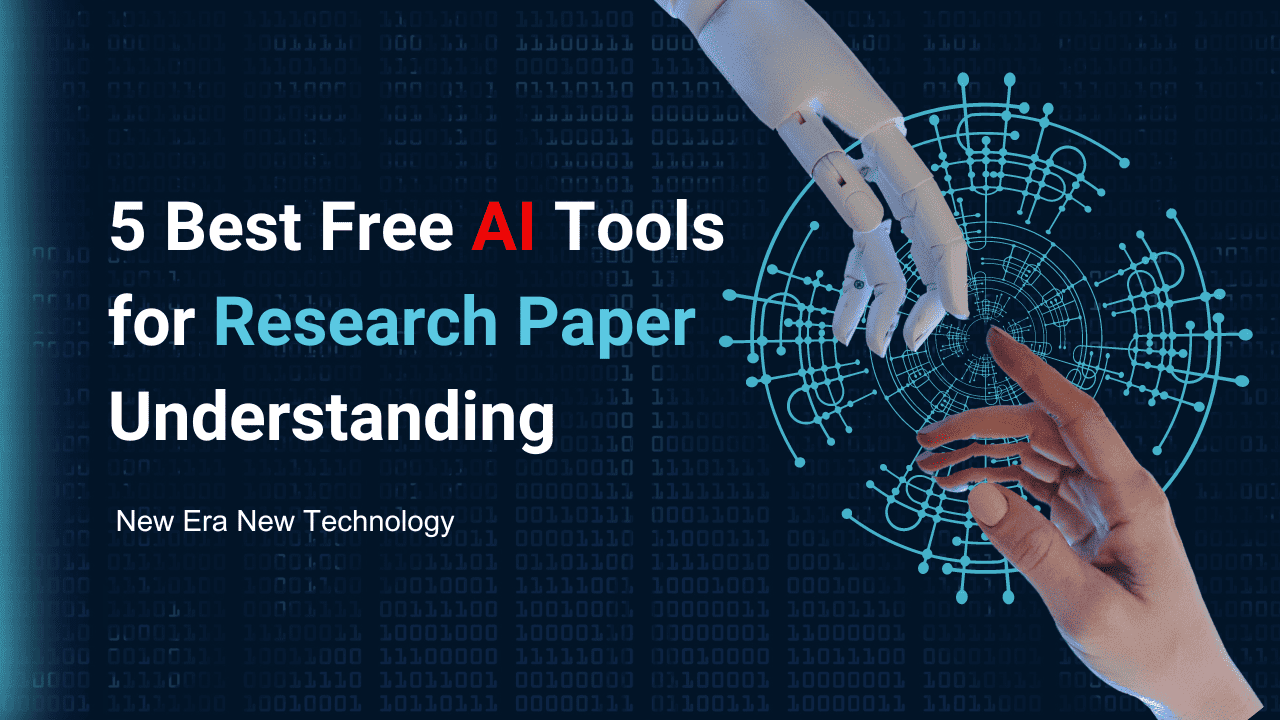In today’s digital age, artificial intelligence (AI) has become integral to various industries, including academic research. AI tools have revolutionized how researchers conduct their studies and analyze vast amounts of information.
This article discusses the benefits of using AI tools for academic research. It also presents the top 5 free AI tool for research paper that can assist in understanding research papers.
Benefits of using AI Tools for Academic Research
AI tools offer numerous benefits for researchers. Firstly, they save tremendous time and effort in analyzing and summarizing research papers. Traditionally, researchers had to spend hours reading and digesting lengthy articles. AI tools have made this process much easier, so researchers can concentrate on the main parts of their work.
Secondly, AI tools provide a comprehensive overview of research papers, enabling researchers to grasp the essential findings and concepts quickly. This is particularly useful when dealing with a large number of documents or when conducting a literature review. AI tools for research paper can extract and present the most critical information, allowing researchers to identify trends, gaps in knowledge, and potential research directions.
The importance of Summarizing articles and Research Papers
Summarizing articles and research papers is a crucial skill for any researcher. It helps to distil complex information into concise and easily understandable formats. Summaries serve as a valuable resource for referencing, sharing with colleagues, and presenting research findings to a broader audience. These are the best ai tools for academic research and summarize articles.
Top 5 AI Tools to Summarize Articles
1. Scispace – Best AI Summarzing Tool
SciSpace is a website that uses AI to help people find, read, and share study papers. The massive database contains over 270 million documents, writers, topics, journals, and conferences that users can search.
It has more features like an AI copilot for reading research papers, plagiarism checker, journal submission, and XML converters.
It also has a variety of paper templates to choose from, flexible price plans, and several services that make the publishing process more accessible.
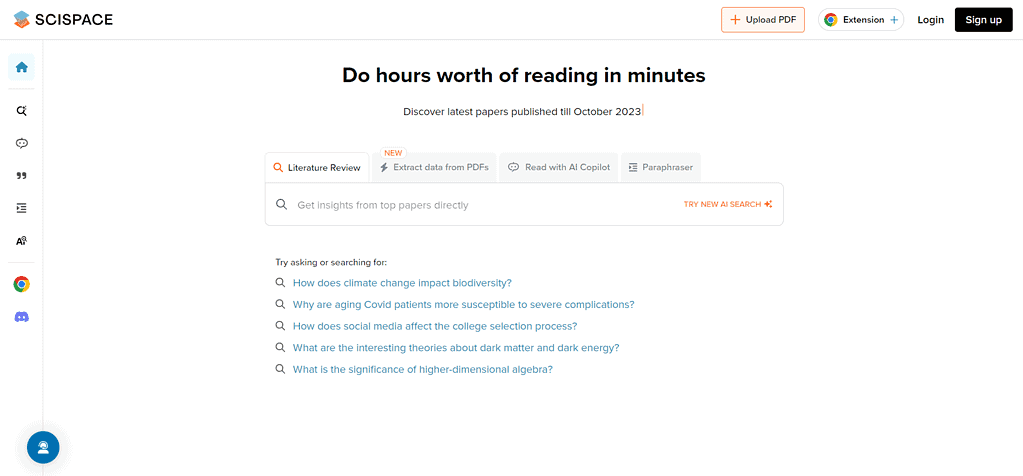
SciSpace also offers personalized suggestions of popular papers, topics, and conferences and a gallery of over 40,000 journal templates.
Scispace is an AI-powered tool designed to assist researchers in comprehending and summarizing research papers. It utilizes advanced natural language processing algorithms to extract critical information and generate concise summaries.
Scispace provides Citation tools that researchers can use the tool’s citation suggestions to improve their reference skills.
Pros
Pros
- Database of 270 million papers
- Specific suggestions
- Adaptable price structures
- Publishes with less effort
- Check for Plagiarism
- Data from popular institutions
- Assists with submitting papers
Cons
- Few template options
- No mobile app
- Database overloads
2. SciSummary
SciSummary is a cutting-edge AI-driven summarizing tool for scientific literature. Users can rapidly and adequately grasp complex scientific publications without reading them.
The service sends a summary to consumers in minutes after they email a text, link, or PDF. The service uses a custom-tuned GPT-3 model that learns from requested summaries and is trained by PhDs.
The public beta version is now in; users are invited to rate the summaries they have created. SciSummary was established in 2023 to simplify extracting information from scientific articles.
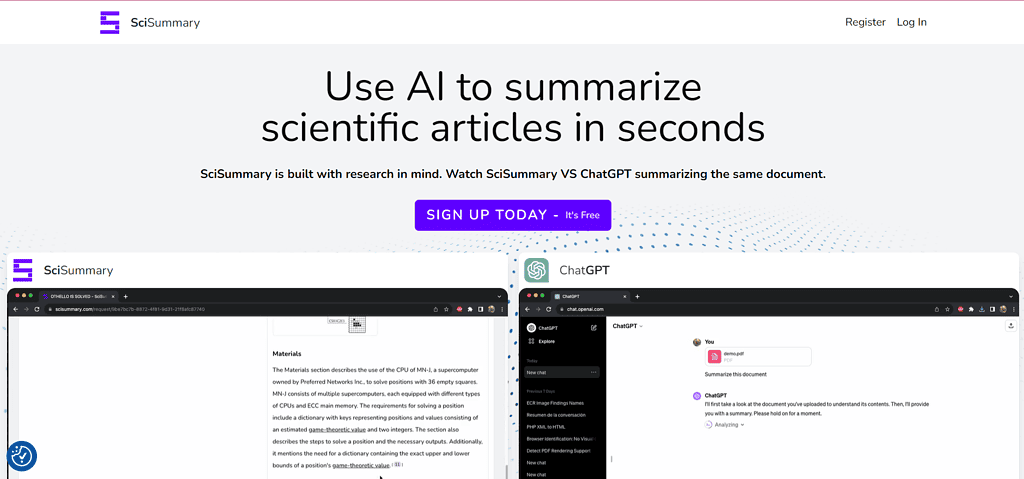
SciSummary is an AI tool tailored explicitly for academic research to get summary of research paper. It employs machine learning algorithms to analyze research papers and generate informative summaries.
Users can understand complex scientific papers quickly and accurately without reading the entire content.
Pros
- Free version available
- Scientific articles digested
- A brief summary
- Allows email submission
- Allows PDFs and links
- Sends email summaries
- GPT-3 customized
- PhD team supervision
Cons
- No offline access
- Email required
- Limit to scientific articles
- Lacks multilingual assistance
- No mobile app
3. OpenRead
OpenRead, an AI-powered interactive platform, makes organizing, interacting with, and studying papers, journals, and research documents easy.
OpenRead is a free AI tool that focuses on enhancing the accessibility of research papers. It uses AI algorithms to summarize articles and research papers into shorter, more easily understandable formats.
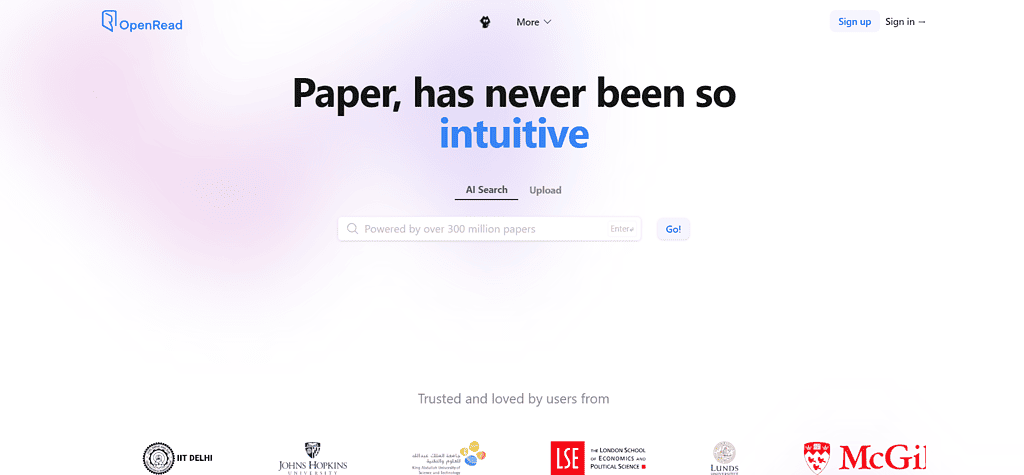
The platform has a Q&A system that answers paper inquiries quickly, and Paper Espresso, which digests papers to help academics write literature reviews.
The platform’s AI technology retrieves figures, formulas, tables, and other crucial research paper details, saving readers time.
OpenRead also has a robust notes system that collects, connects, and backlinks notes to make them easier to reference.
Thousand of free pre-built journal paper templates simplify publication on the site. OpenRead also features an NLP-processed article that speeds reading and enriches knowledge in minutes.
OpenRead creates a world-class research community by hosting topical seminar series and collaborating with the research community and academic partnerships.
Pros
- Thorough literature analysis
- Creates literature reviews
- An effective note system
- Journal paper templates for free
- Backlinks in notes
- NLP processed papers
Cons
- Dependent on paper quality
- Figure extraction errors
- Few note-taking options
4. Scholarcy
Scholarcy is an AI-powered tool that aids researchers in comprehending and summarizing research papers. It employs machine learning algorithms to extract critical information and generate concise summaries.
Scholarcy, an online summary tool, makes reviewing articles, reports, and book chapters easy. It creates structured, consumable summary flashcards of any Word or PDF document.
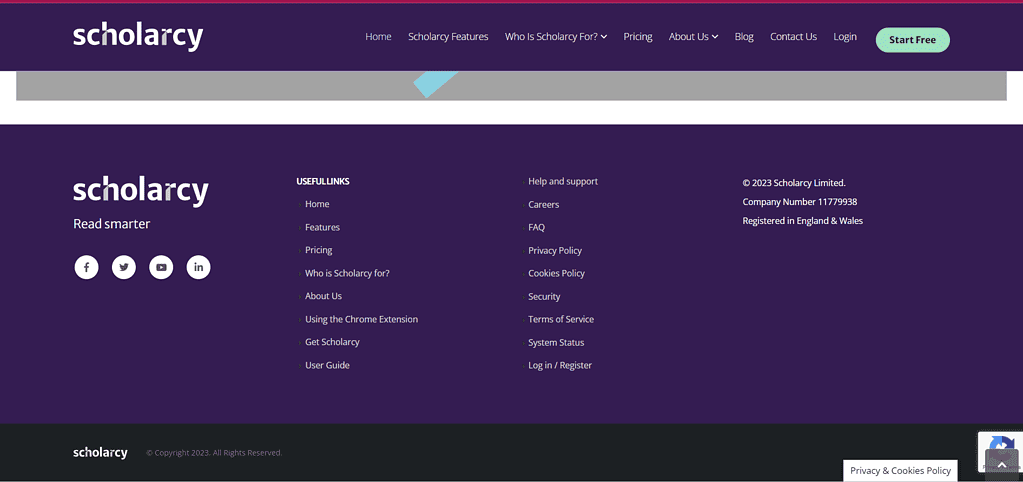
Scholarcy incorporates automatic reference extraction, open-access source linking, figure, table, and picture extraction. Scholarcy has a browser extension for Chrome and Edge. It works with open-access repositories and makes summary cards that can be searched on any device.
Researchers, students, journalists, librarians, and others can save time and efficiently assimilate enormous amounts of material with this AI-powered summary tool.
Scholarcy also offers additional features such as generating topic summaries, identifying key entities, and providing contextual information to enhance understanding.
Pros
- Examines document value
- Creates summary flashcards
- Word/PDF support
- Extracting references
- Accessible source linking
- Browser plugin for Chrome/Edge
Cons
- Formatted only in Word/PDF
- Exclusive online tool
- No mobile app
- Only supports specific browsers
- Library requires monthly payment.
5. TLDR
TLDR (Too Long, Didn’t Read) is a popular AI tool for summarizing research papers. It utilizes natural language processing algorithms to extract the most essential information from lengthy articles.
TLDR This free online text summarizing tool uses advanced AI to automatically summarize lengthy articles, documents, essays, and papers.
Pupils studying for exams, writers wishing to rapidly summarize their articles, teachers who need to describe a long document or chapter for their pupils, and journalists who need to summarize an extensive article for their newspaper or magazine can utilize the application.

TLDR This removes ads, popups, graphics, and other internet distractions to provide you with a clean, focused reading experience. It highlights a book’s most vital points by deleting weak arguments, unsupported conjectures, flashy words, and attention wasters.
The program automatically collects news and blog articles’ author, date, relevant images, title, and reading time. Use browser extensions to summarize articles with a click.
TLDR generates concise summaries, allowing researchers to grasp a paper’s key findings and concepts quickly.
Pros
- Processes various text types
- Removes ads and popups
- Extracts article metadata
- Browser extensions integration
Cons
- Lacks multi-language support
- Limited free summaries
- No mobile app available
Read More: Explore 6 Exciting Grammarly Alternatives for Flawless Writing!
How to Effectively use AI tools for Summarizing Articles and Research Papers
While AI tools can significantly assist in summarizing articles and research papers, it is essential to use them effectively. Here are some tips to maximize their benefits:
- Choose the right tool: Each AI tool offers unique features and capabilities. Consider your specific needs and preferences when selecting a tool that aligns with your research goals.
- Use multiple tools: Different AI tools may provide varying perspectives and insights. Utilize various tools to gain a broader understanding of the research papers.
To fully understand, it’s important to read the whole article instead of just relying on AI summaries. These summaries might miss some important details and nuances of the research.
Tips for Writing an Executive Summary of a Research Paper
An executive summary serves as a concise overview of a research paper, highlighting the essential findings and implications. Here are some tips on how to write summary of research paper:
- Start with a strong introduction: Provide a clear and concise overview of the research paper, including the research question, methodology, and main findings.
- Focus on the main findings: Highlight the most significant results and their implications. Avoid getting into too much technical detail.
- Keep it concise: Executive summaries should be brief and to the point. Use clear and concise language to convey the main points effectively.
Read More: Why Autoblogging.ai is the Best AI Writing Tool! (Review 2024)
Conclusion: Embracing the power of AI in academic research
AI tools have revolutionized the way researchers approach academic research and paper understanding. By utilizing AI tools, researchers can save time, comprehensively understand research papers, and enhance their summarization skills.
With the top five free AI tools mentioned in this article, researchers can unlock the full potential of AI in their academic endeavours.
In today’s fast-paced academic world, staying up-to-date with the latest research findings is crucial. However, with the overwhelming amount of information available, it can be challenging to sift through all the technical jargon and get to the heart of the matter. That’s where AI tools come in to write research paper summary for you.

